Buck Moon 2025: What is it and when can you see it tonight?

- Published
Look up to the sky at night on Thursday 10 July if you want to catch a glimpse of this year's Buck Moon.
It's a type of supermoon - which is when the Moon is closest to Earth and full - and different supermoons have different names.
The Buck Moon gets its name because traditionally July is the time when a buck - or male deer - grows its full antlers.
It's expected to be at its peak at 9.37pm, that's when it will be appear biggest and brightest.
Previous supermoons
- Published4 July 2023
- Published18 September 2024
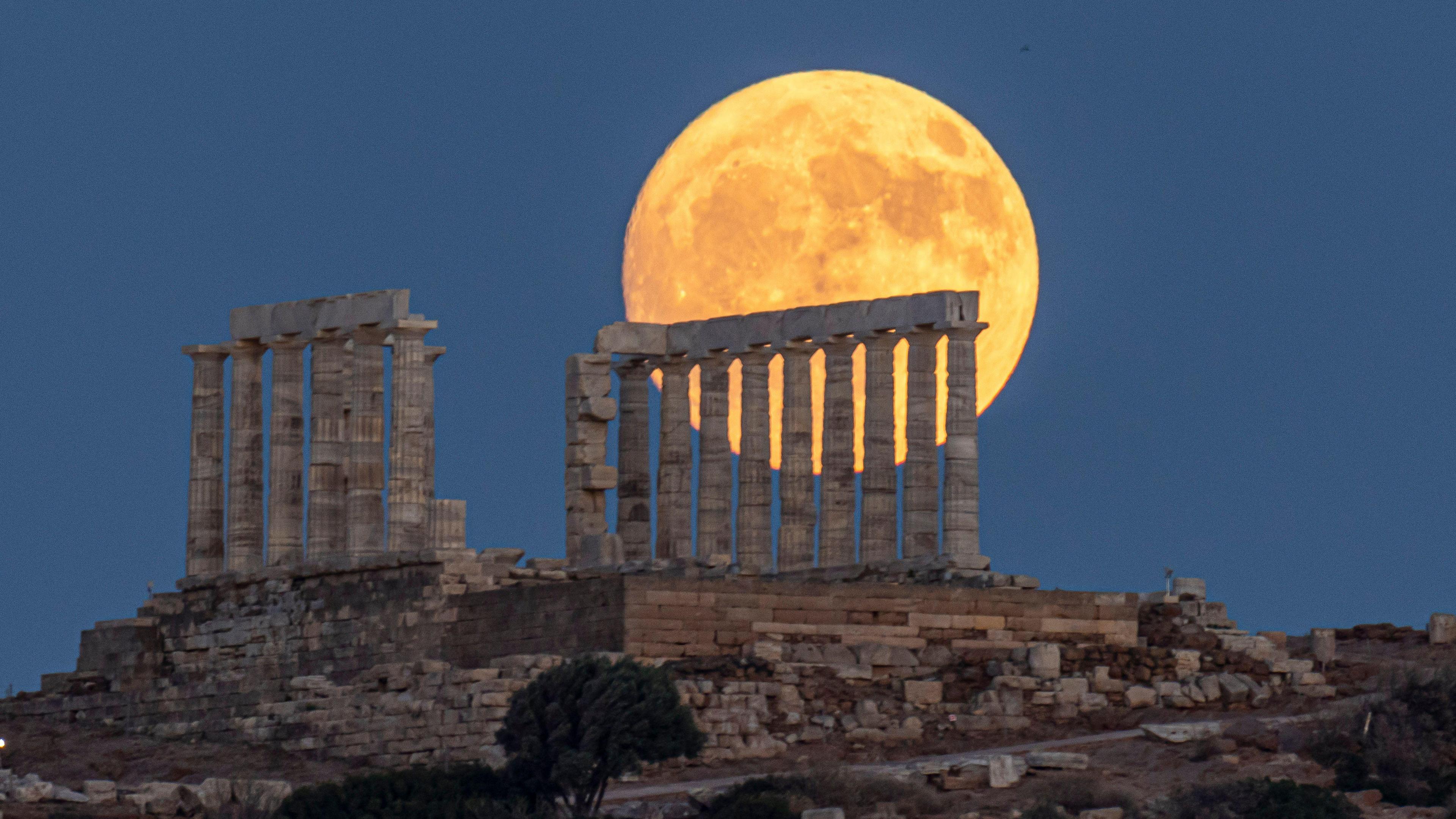
The Buck Moon is also referred to with alternative names.
Some people in the US call it the full 'Thunder Moon' because of the early summer storms that tend to happen around the time it rises.
The great thing about seeing a supermoon is that you don't need any special equipment - just your own eyes - to see it in all its glory.
It may look a bit orange or red. It's not the moon itself that is that colour, but instead its colour depends on your perspective of the Moon from Earth.
Let us know if you spot it in the comments below!
Why do monthly full Moons have names?

Throughout history, people have used the Moon and the light it reflects for different tasks such as hunting, planting and harvesting.
Cultures across the world give these full Moons different names to describe what was happening in the month.
The modern calendar no longer follows the Moon's phases exactly, so sometimes there's more than one full Moon a month, which is known as a Blue Moon.
Why not use our calendar below to find the name for your birth month's full Moon?
What are the names of all the full Moons, and what do they mean?
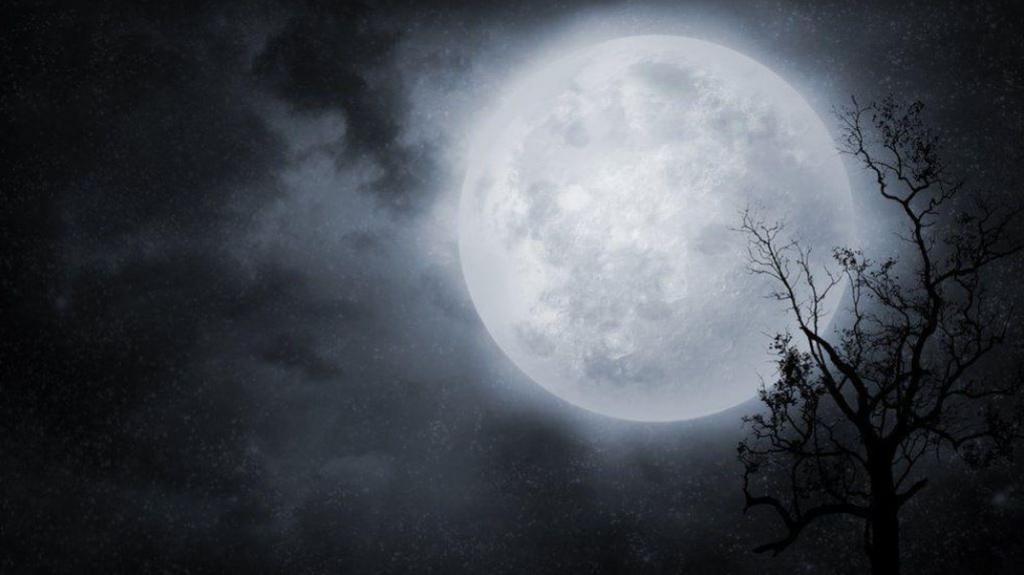
January: Wolf Moon
Native Americans and medieval Europeans called January's full Moon a Wolf Moon. It's thought to be because wolves howled more at this time of year, as there was less food.
February: Snow Moon
The snowy weather of February in North America led to the name Snow Moon. Other common names include Storm Moon and Hunger Moon.
March: Worm Moon
The Worm Moon appears in March at the end of winter when little creatures like worms begin squirming out of the ground. It's also called Milk Moon.
April: Pink Moon
Disappointingly, the Pink Moon isn't actually pink. It's named by Native Americans after pink flowers called wild ground phlox that bloom in early spring and appear throughout the United States and Canada.
It is also called Egg Moon and Fish Moon in other cultures.
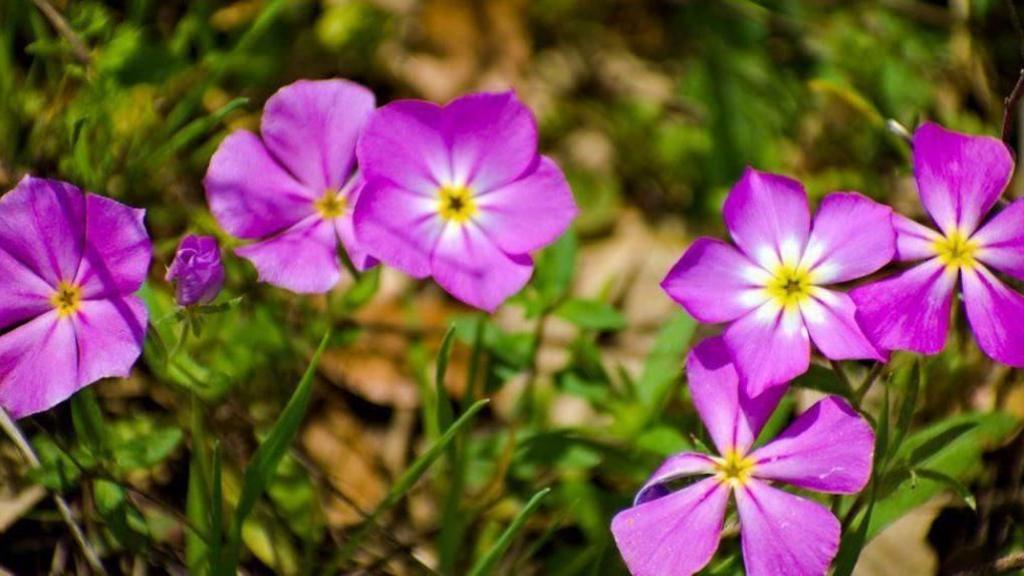
May: Flower Moon
May's flowers are the reason for this month's name.
Other names include Hare Moon, Corn Planting Moon, and Milk Moon.
June: Strawberry Moon
Native American Algonquin tribes named this the Strawberry Moon. This is because they would harvest strawberries at this time.
It's also called the Honey Moon, Rose Moon and Mead Moon.
July: Buck Moon
This is the time when a buck, a male deer, grows its full antlers. This Moon is also called Thunder Moon after the summer thunderstorms.
August: Sturgeon Moon
People in North America caught sturgeons, a type of fish, around this time.
It is sometimes known as a Grain Moon, or Green Corn Moon or Black Cherries Moon in some cultures.
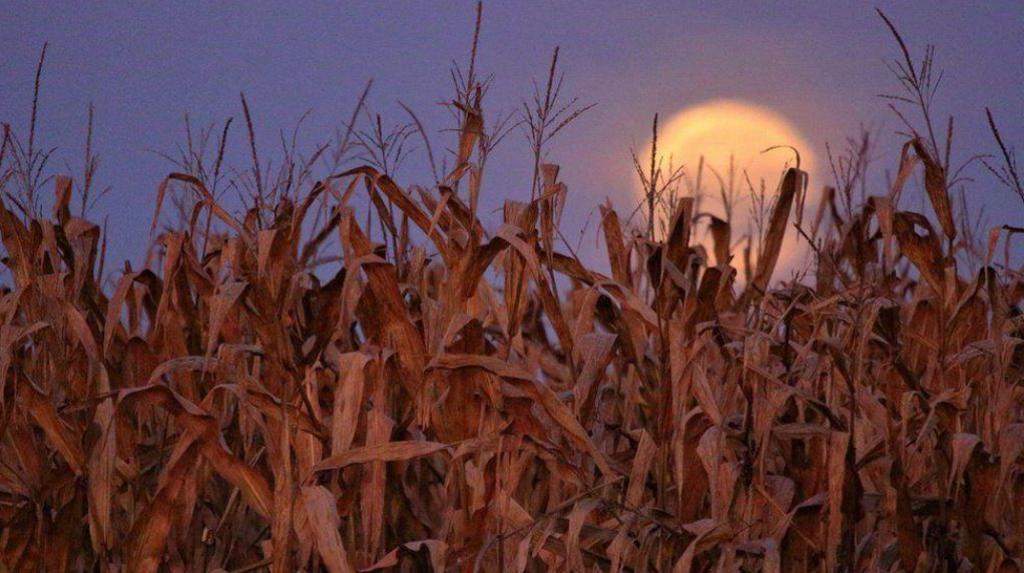
September: Corn Moon
If it is the nearest full Moon to the autumnal equinox, it is called the Harvest Moon instead.
September's full Moon is probably called Corn Moon because that's when crops are gathered at the end of the summer season.
At this time, the Moon appears particularly bright, allowing farmers to continue harvesting into the night.
October: Hunter's Moon
This is the time when people would plan for the winter months and hunt animals for food.
Like September's full Moon, it is sometimes called the Harvest Moon.
November: Beaver Moon
Beavers often start building their dams about this time, which is where it got its name.
It is also sometimes called Frost Moon.
December: Cold Moon
The winter chill gave December's full Moon the name Cold Moon.
Other names include the Long Night Moon and the Oak Moon.
More on space
- Published21 December 2024
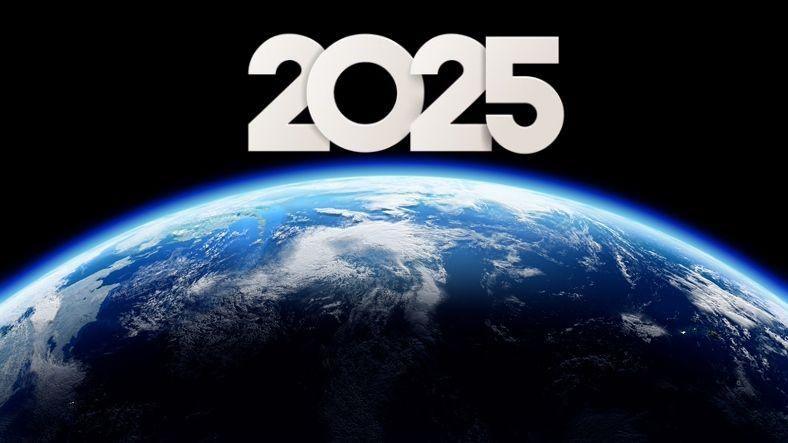
- Published4 July

- Published30 June

